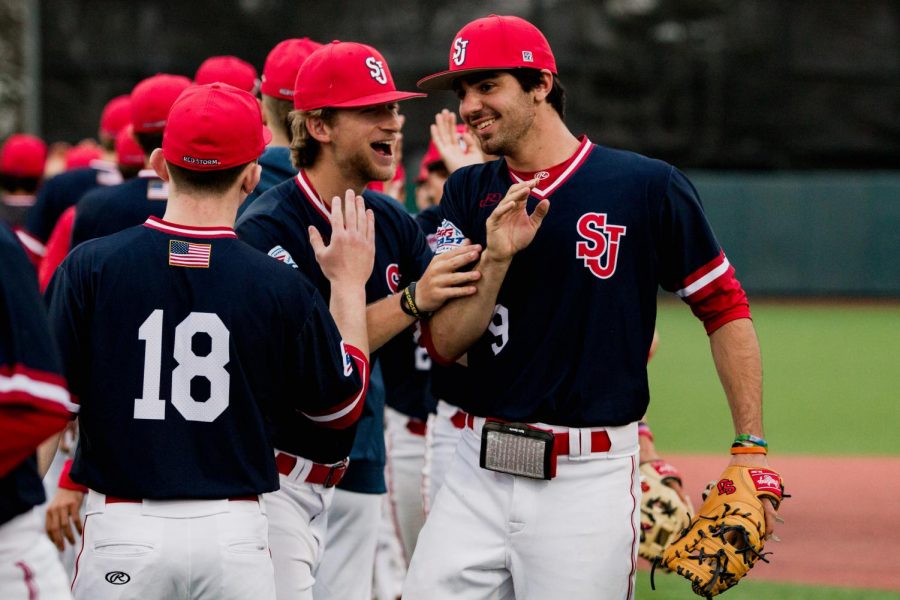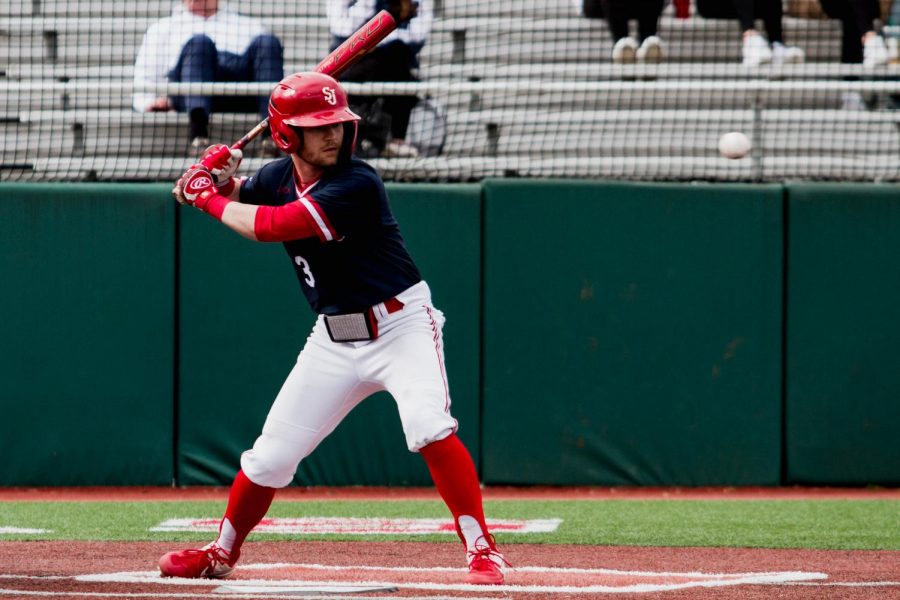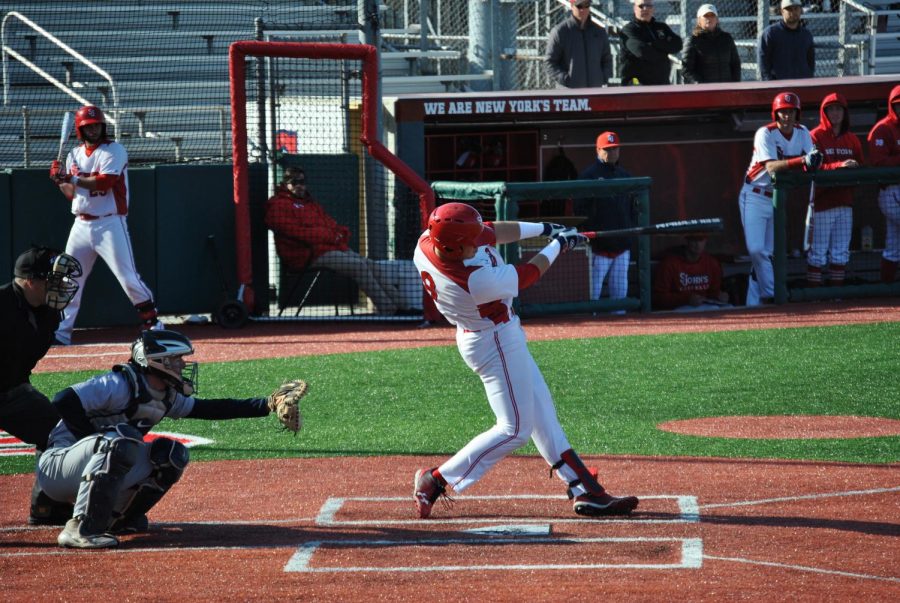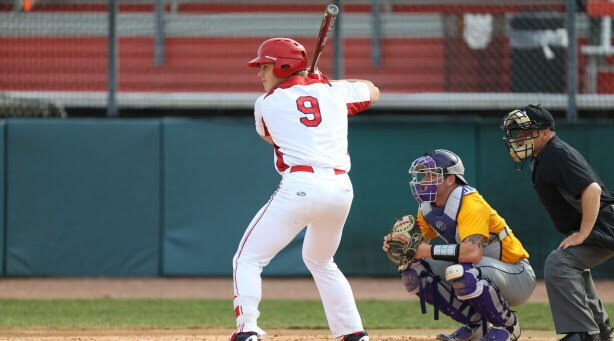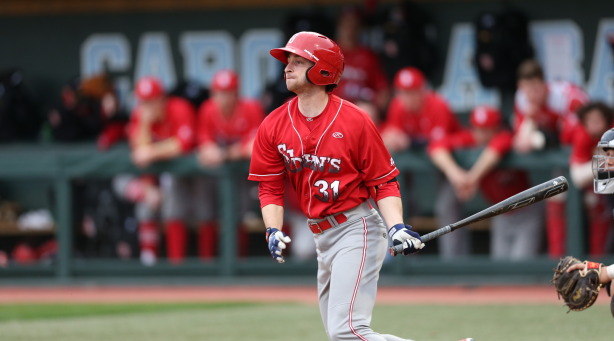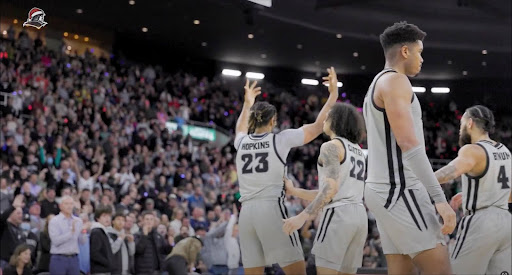There are three words that no pitcher at any level of baseball wants to hear: Tommy John surgery. Over the last decade, the surgery on a pitcher’s torn ulnar collateral ligament has become an epidemic throughout the baseball world.
According to MLB Network’s injury expert Will Carroll, there has been a 700 percent increase in the surgery over the last ten years, a statistic that has led many to wonder: How can this be prevented? Let’s start first at the origin of the surgery.
Major League Baseball pitcher Tommy John first got his ulnar collateral ligament (UCL) reconstructed in 1974 by Dr. Frank Jobe, the first time this surgery had ever been performed. Prior to this surgery, when a pitcher or player tore their UCL, it was a career-ending injury. Jobe’s surgery on John ended up saving the pitcher’s career, allowing him to play 15 more years in the MLB and became a revolutionary procedure that is still used today to save players’ careers.
Jon Roegele of the Hardball Times has compiled a list of every player in professional baseball that has undergone Tommy John surgery since it was first done. As of April 10, 2015 the total number of pro players to undergo the surgery is at 956 and the success rate of return to playing at the professional level is 78 percent, so the surgery isn’t a fool-proof guarantee.
According to the American Sports Medicine Institute (ASMI), “The injury leading to Tommy John surgery in today’s young pro pitchers actually began while they were adolescent amateurs. Observations by orthopedic surgeons support this link, as the torn ulnar collateral ligament (UCL) in a pro pitcher usually looks like it has worn out over time.”
Here at St. John’s, the coaching staff and trainers on the baseball team have been particularly efficient at warding off Tommy John surgery. Ryan Ross, the baseball team’s trainer, gave an inside look at what the training staff does to help the team’s pitching staff ward off Tommy John surgery.
“At the beginning of every season we put our pitchers through a functional movement screening to see all the muscle length discrepancies from the arm down through the legs to make sure that external rotators of the shoulder are strong enough and that there is mobility in the hips.” Ross said. “[This is done] so the risk of injury doesn’t go to the elbow, the bigger muscles can take most of the force while pitching.”
Junior pitcher Mike Sheppard III has been the only pitcher during pitching coach Corey Muscara’s three-year tenure to undergo Tommy John, a testament to the work that trainers and Muscara do with the pitching staff.
“I don’t think you can ever fully eliminate Tommy John surgery,” Muscara said. “It’s part of the game today. Some measures that can be taken are: one, when you recruit players you have to recruit arm actions that are not conducive to Tommy John.”
One of the biggest problems with pitchers getting Tommy John is the Inverted W.
“It’s your foot not being up in the cocked position,” Muscara said. “If you think about your front foot hitting and your foot is not up in time, it’s inverted. That can be a huge indicator of Tommy John.”
Muscara also says a “lack of hip flexor and hip mobility” is also a factor in the occurrence of Tommy John. Muscara cited a recent study by the Philadelphia Phillies, which they directly related a lack of hip mobility to Tommy John surgery.
Muscara says that the baseball team spends hours upon hours on yoga and flexibility, as well as a lot of time on T-spine mobility, something not many teams do across the nation. There is also a heavy emphasis on long tossing for St. John’s pitchers, something the baseball staff is a huge believer in.
There has also been a technological advancement put out by the Motus Global Corporation. Motus is a biomedical Analysis Company for sports performance.
The product that Modus has come up with is the mThrow. The mThrow is a compression sleeve that has a device planted in the elbow portion of the sleeve. The device communicates directly with the mThrow mobile app to “provide metrics on players’ mechanics and cumulative workloads throughout the season indicating injury risk.” The mThrow has already been used by nine MLB teams and is available to be ordered online in early April of 2015.
The sensor in the elbow of the lightweight sleeve has three accelerometers and three gyroscopes, is Bluetooth enabled and has a memory of up to 450 throws.
The app has the ability to stream data via the Bluetooth for individual throws, which allows the user to differentiate between their workload (catch, long toss, bullpens and games). It visualizes data over a day, week, month or season and will send a text/SMS/email alert when a workload is “red flagged”. The app also takes into account force, speed, arm slot, elbow height, release point and most importantly stress on the UCL.
Motus actually came and tested their product at St. John’s with the pitching staff before the season. One of the things that they said was that long toss creates unneeded stress on the elbow.
“That’s where me and the guys from Motus differ in our beliefs,” Muscara said. “ I believe with all my heart… that you need to throw to condition and strengthen your arm, but not off of a mound. According to the app, that puts more stress on your arm because you’re throwing off of a slope. I tried explaining to them that they aren’t accounting for throwing on an arc. When you throw long toss there is less stress on the arm and it helps to build arm strength. Ask any pitcher.”



